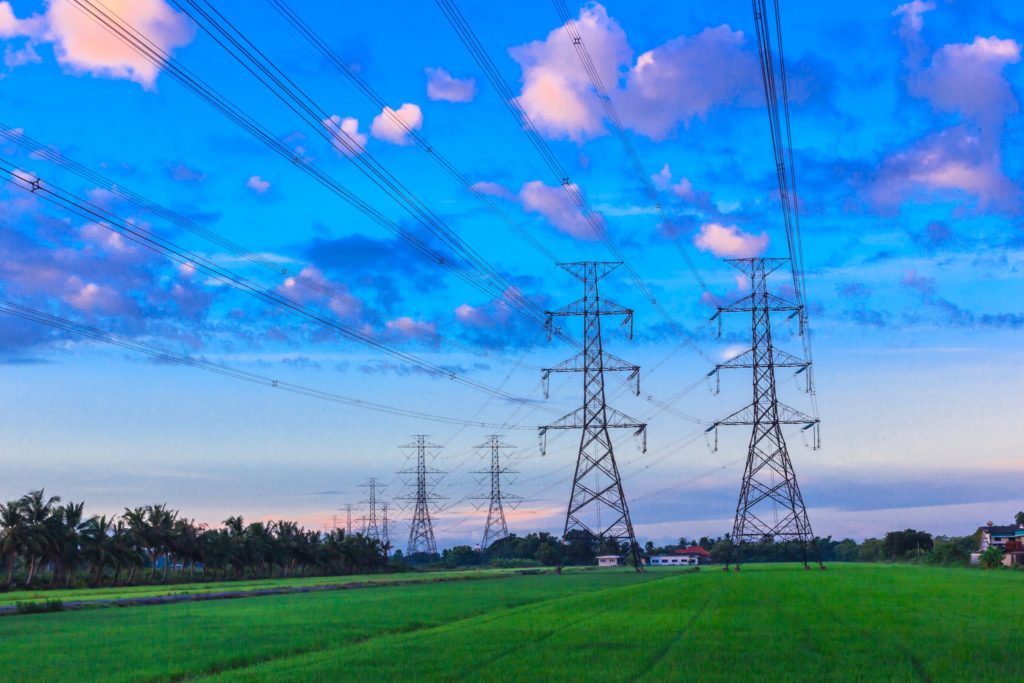Homeowners rates won’t cover insurers’ capital costs
Homeowners insurance rates nationwide are projected to produce after-tax returns on equity of just 4.8% over the next year, which may not be enough to cover the industry’s cost of capital, according to new analysis from reinsurance broker Aon Benfield Analytics.
Aon’s analysis suggests that while large property insurers’ rate filings as of July 2011 were beginning to better reflect their cost of capital, the impact of deteriorating investment returns and non-coastal losses would more than overwhelm that improvement. Aon has reduced its expected investment returns for the industry to 3.8% from 5.0% in prior years. Excluding the change in investment returns, the industry’s prospective ROE would be 6.3%, which still would be lower than last year’s 6.9%.
According to Aon, the industry’s progress in charging adequate rates to cover its cost of capital varies between reinsurance costs and equity capital costs.
The cost of reinsurance is now included in most actuarial rate indications, and commonly in approved rates. With respect to equity capital for retained risk, our review shows that while a few large insurance companies have started to incorporate various approaches to include the cost of equity capital in approved rate filings, most companies still ignore this cost. This is in spite of the fact that regulators have largely exhibited an understanding and acceptance of the cost of capital as a valid ratemaking consideration.
California is the one state in Aon’s study where homeowners insurers were projected to earn negative returns on equity over the next year, with a projection of -0.3% ROE. Returns in Florida and Mississippi were projected at 0.2%, while Michigan and Montana project out to 2.1% ROEs.
States with prospective ROEs over 10% include North Dakota, South Dakota, Wisconsin, Indiana, Maine, New Hampshire, Vermont, Connecticut, Pennsylvania, Maryland, West Virginia, North Carolina and South Carolina, as well as the District of Columbia.
Florida homeowners insurers have the furthest to go to achieve 14% ROEs, a feat that would require them to enact rate increases of 72.2%, Aon projected. Other states where homeowners insurance is priced significantly below the 14% ROE threshold include Mississippi, where rates would need to rise 32.2%; Hawaii, where they would need to rise 29.1%; Louisiana, where they would need to rise 25.6%; and Alabama, where they would need to rise 20.2%.
Florida also had the lowest ratio of homeowners insurance premium to policyholder surplus, at 0.4%. Aon called improvements in this ratio an “intermediate step” to funding capital requirements. The ratio was 0.5% in Hawaii, 0.6% in Louisiana and Mississippi and 0.7% in Alabama.
One hopes this is data the Florida Legislature will take to heart as it considers proposals to shrink the size of the Florida Hurricane Catastrophe Fund, which recently was found to be facing a $3.2 billion funding shortfall.
As the Wall Street Journal opined in an Oct. 24 editorial, while the time to act “is before the next big one hits…Florida’s ruling Republicans continue to behave as if this is someone else’s problem.”
Indeed, we fear the attitude of Republican state Sen. Mike Fasano is still all too common in the Sunshine State:
Sen. Mike Fasano, R-New Port Richey, said he would rather side with homeowners since there’s only a four-percent chance the fund would run out of money.
“We need to look out for the little guy and gal, they can’t take any more economic hits,” Fasano said.
We would take issue with Sen. Fasano’s assertion that taking a 1-in-25 gamble on the bankruptcy of the cat fund and economic ruin of the state – in other words, a virtual certainty of the fund being unable to meet its claims at some point in the life of a typical 30-year mortgage – represents “looking out for the little guy.”






